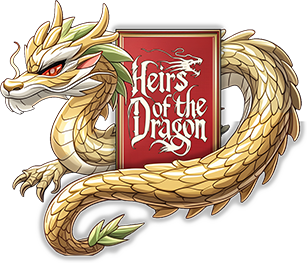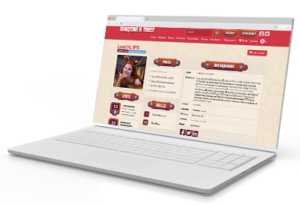Visit Dungeons & Toast
Learn More
New Guild Party Leaders Chosen
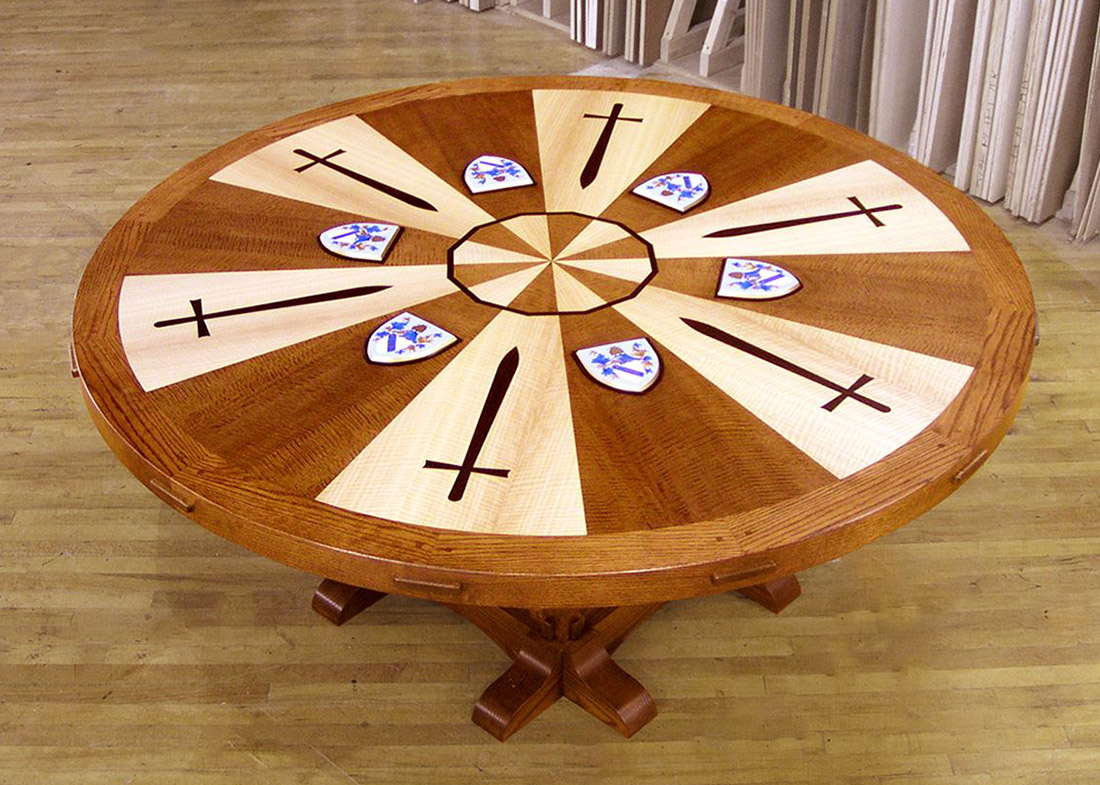
In the best–and most fun–guild leader (club officer) elections that I’ve ever seen, the Dungeons & Toast Toastmasters guild (club) elected our guild party leaders for the upcoming Toastmasters year!
Please welcome with a hearty huzzah our new–and continuing–guild party leaders for the 2022-2023 Masters of Toast year (July 1, 2022-June 30, 2023):
Guild Master-Elect (Club President) – Andrew B.
Quest Master-Elect (Vice President Education) – Greg S.
Recruitment Master-Elect (Vice President Membership) – Beth G.
Master Bard-Elect (Vice President Public Relations) – Loni H.
Master Scribe-Elect (Secretary) – Yanini C.
Master of Coin-Elect (Treasurer) – Kelly S.
Sergeant-At-Arms-Elect (Sergeant-At-Arms) – Lucas R.
The future Masters of Toast year is sure to be filled with fun, raids, cosplay, guest speakers, special meetings, quests, and whatever surprises this fun, creative, talented, and special group of guild party leaders comes up with.
Thank you to every guild member who participated in the elections last night: all of our guild members that were in attendance so that we had a quorum to conduct the elections, all of our guild members that ran for a leadership position, Club Leadership Chair Hovey Y. who spearheaded the search for new guild party leaders and led the elections, and Ballot Counters Michael C., Matthew K., and Jeremy K.
That the Dungeons & Toast guild has such an active guild membership who want to serve as guild party leaders is a sight to behold!
I look forward to where our guild party leaders take the guild in the Masters of Toast year to come.
Huzzah!
Go Joe! D&T’s GI Joe-Themed Table Topics
Brian L leads the members of Dungeons & Toast through a series Table Topics based on everyone’s (third) favorite 1980’s cartoon, G.I. Joe!

Revenge of the Sixth
This Friday, we will be celebrating all things Star Wars with a “Revenge of the Sixth” meeting (purely because “May the Fourth” does not fall on a Friday). There will be at least two on-theme speeches as well as Table Topics from a Galaxy Far, Far Away. So polish your light saber and don your best Jedi or Sith robes as Dungeons & Toast revels in Power! Unlimited Power!
Sign up to fill a role at this week’s meeting. | Download a Star Wars themed background for Zoom.
Level Up Your Character Profile!
I am pleased to announce that, after a number of frustrating months trying to repair our profiles system, I’ve replaced it entirely with the WordPress Pods system. Members can now edit their profiles to incorporate a number of fields — many of which are RPG-themed — including:
- Avatar – Share a photo of yourself so we can recognize you in Zoom chat
- Stats – Rate yourself from 3 to 20 for the five core competencies of Toastmasters: public speaking, interpersonal communication, strategic leadership, management, and confidence (or optionally roll 4d6 and drop the lowest)
- Skills – Enter up to five personal skills and assign a value of 0 (aspiring) to 20 (savant)
- Feats – Describe up to three fabulous personal talents that set you apart
- Background – Write a brief backstory, choose a class (profession), and more!
- Favorites – List your favorite movies, TV shows, books, video games, and more!
- Paths – Indicate levels within each of the 11 Paths you’ve completed
I invite you to visit my fully fleshed out character sheet to get an idea of what’s possible (per Toastmasters guidelines, officer profiles are public, though full names, contact information, and social media information are hidden).
You can update your own profile at Members->Edit My Profile in the website menu (you must be logged in).
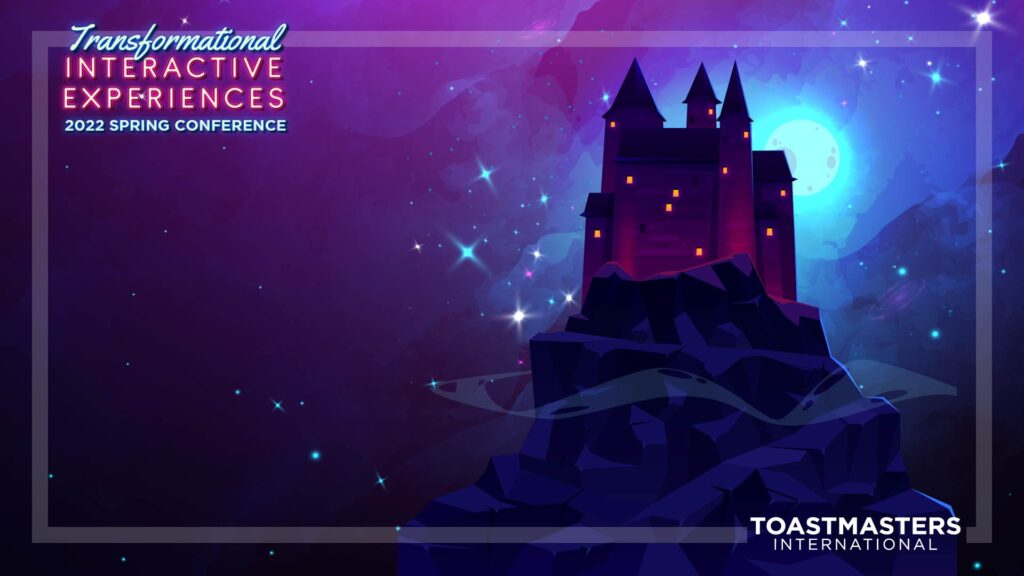
Dungeons & Toast Medieval Fair (District 100 Spring Conference) Pilgrimage
Hear Ye! Year Ye! Fresh from the success of our raid at the Division G & S Council earlier this month, the Dungeons & Toast guild undertook an adventure proper, a pilgrimage, as we journeyed to our lord’s medieval fair–the District 100 Spring Conference–in support of the great lords and ladies who put on this annual event and to support guild member Kelly and guild champion Andrew in his quest to become the district champion in the verbal joust competition (International Speech Contest)!

Thank you to guild members David E, Hovey Y, Loni H, Yanini C, Cliff C, Ryan K, Kelly S, Andrew B, Lucas R, Greg S, Cynthia Z, Janice H, and Beth G for the strong showing at our lords Medieval Fair on Saturday! Your attendance helped to support the fair and all of the hard working volunteers, including Hovey — who jumped in behind the scenes — Loni, Yanini, and Cliff.
Congratulations to Loni on winning a Black Angus gift card in the medieval fair opportunity drawing! Maybe there’s a trip to Southern California in her future so she can redeem it! Great job, Andrew and Kelly! Congratulations and thank you, everyone! Because our guild had a strong turnout, we may be in the running for one of the guild (club) incentives and might get a message through the aether about that soon! Well played, guild members! Well played!
Members in attendance, please see #the-barracks Discord channel for a link to a certificate recognizing your attendance! Great job, guildies!
Non-Lethal Combat

Member and Quest Master (the D&T equivalent of VPE) Greg S recently published an article about his 3.X group’s decision to engage in non-lethal combat for much of their campaign. Entitled Non-Lethal Combat, the post describes not only the decisions Greg made to shape the world but how the decisions of the players lead him to make changes to game mechanics and world-building, demonstrating a commitment to collaborative storytelling that is the hallmark of the hobby.
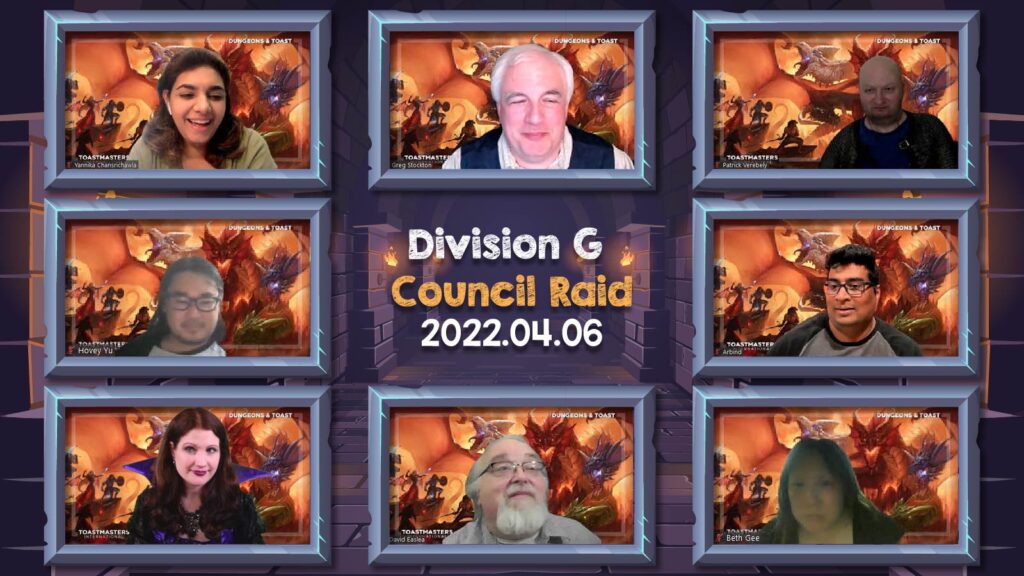
D&T Raids Division G Council
On April 6th, Dungeons & Toast ran the District 100 Marathon Member Mile 5 – Attend a Division Council Meeting. Because everyone knows you never split the party, a group of D & Toasters decided to attend together, using a coordinating background to show our guild spirit! Thank you to everyone in attendance — Yannika S, Greg S, Patrick V, Hovey Y, Arbind R, Loni H, David E, Beth G, Cliff C, Andrew B (who phoned in via car) — and especially to the members of Division G and S who put up with our shenanigans.
And don’t forget, members can help “raid” the District 100 Spring Conference on Saturday for fun, geeky trivia, gaming-related memes, and the opportunity to win a raffled t-shirt (in addition to incentives and prizes being offered by the District)! You’ll also get to see members Kelly S. and Andrew B. compete in the District 100 International Speech Contest! (insert bugle fanfare here)

District 100 Spring Conference
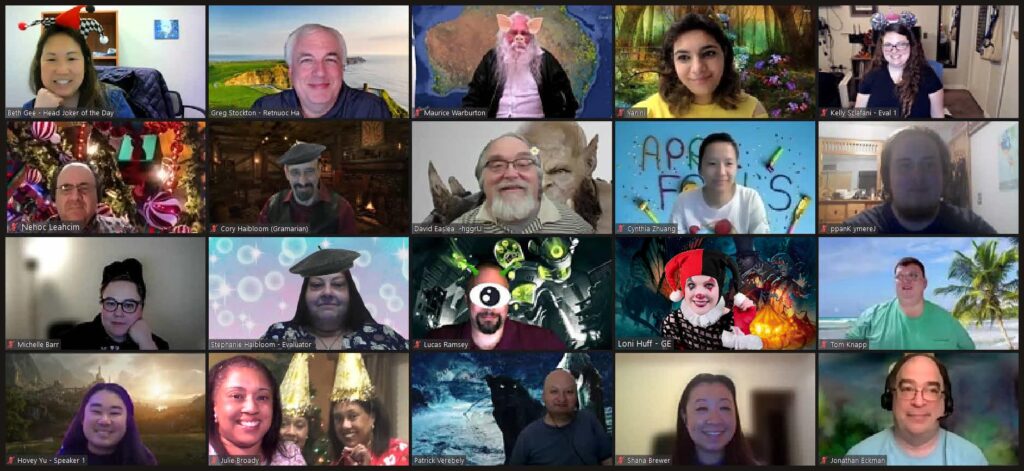
Photos and Video Special Events
April Fool’s Day Fun
Dungeons & Toast used the occasion of April Fool’s Day to celebrate our 1-year anniversary (birthday). To shake things up, we hosted a backwards meeting (a Toastmasters meeting that starts with the evaluation portion and runs backwards to prepared speeches with the goal being excessive silliness). Kudos to Stephanie H and Beth G for co-hosting and to Hovey Y and Maurice W for being such good sports and delivering prepared speeches with all the random mannerisms described by their evaluators earlier in the meeting.
Happy birthday, all, and let’s keep leveling (I hear at year 4 we can choose a feat or an ability score increase)!
Our First Guildaversary!

One year ago today, at the conclusion of an epic quest to charter our guild, the sovereign powers of the Masters of Toast realm granted upon the Dungeons & Toast Toastmasters guild (club) the status of being an official guild!

Huzzah!
And what a fun, mirth-filled year it has been! Renowned speakers from across the realm have graced us with their knowledge and wit, we’ve had themed meetings to honor special days from across the realm(s), we raided the council of our district leaders (Division G & S Council), undertaken quests (the District 100 12 Days of Christmas and 26 Week Marathon incentives), we’ve dressed up (cosplay), with more surprises to come from now until the end of this Masters of Toast year (June 30) . . . and beyond!
Thank you to our guild sponsors, guild mentors, guild party leaders, charter guild members, guild members, dignitaries, guest speakers, and guests for making this year of fun possible!
Please join us at our future guild adventures (meetings) to see what fun, action, excitement the Dungeons & Toast guild has in store for you!
Raise your flagons high and drink a toast in honor of the Dungeons & Toast guild’s one-year guildaversary!
Huzzah!
